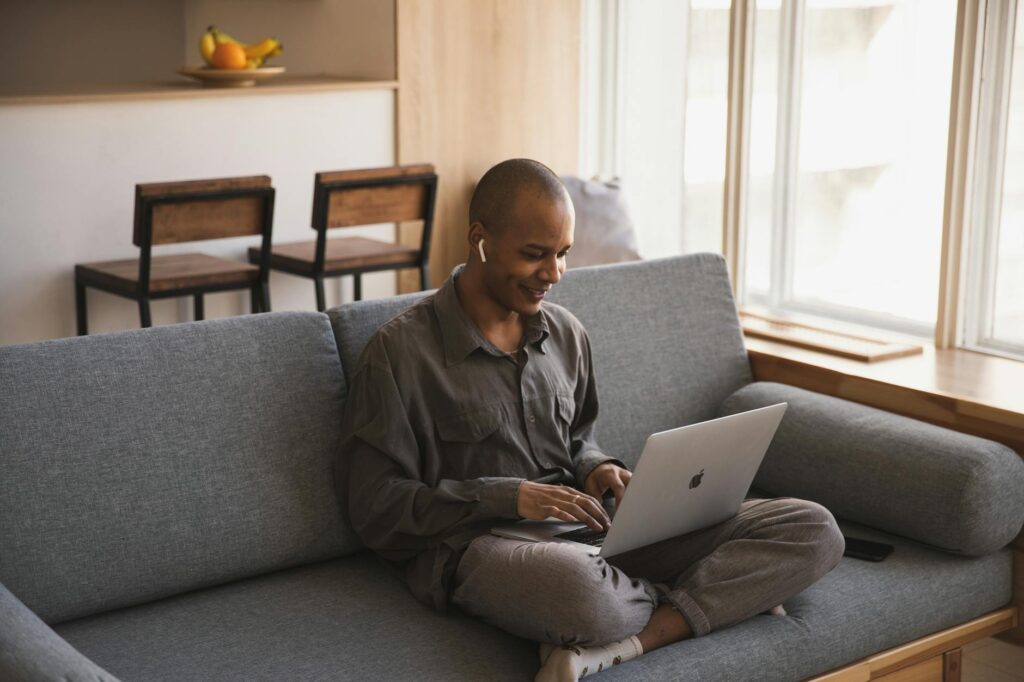What is productive downtime?

What is Productive Downtime?
In today’s fast-paced world, the concept of downtime often gets a bad rap. We’re constantly bombarded with the idea that we should always be “on,” working hard, and being productive. However, integrating periods of downtime into our daily routines can significantly enhance our well-being and productivity. Productive downtime refers to intentional breaks that aren’t just time wasted, but rather opportunities to recharge, reflect, and even learn. So what does this look like, and why should we prioritize it?
Defining Productive Downtime
Productive downtime is the practice of taking breaks in a structured way that allows for mental and physical rejuvenation. Unlike regular downtime, which can sometimes lead to mindless scrolling on social media or other distractions, productive downtime focuses on activities that refresh and inspire.
For instance, rather than zoning out in front of the TV after a long day, you might choose to go for a walk, read a book, or engage in a hobby. These activities serve to replenish your energy and can lead to increased creativity and focus when you return to your tasks.
The Importance of Taking Breaks
Integrating downtime into your busy schedule has psychological and physical benefits. Research shows that taking breaks can help reduce stress, improve mood, and heighten cognitive function. According to a study mentioned in Harvard Business Review, even short breaks can help you recharge and boost your performance when you return to work.
This doesn’t just apply to the workplace; students and anyone engaged in intensive mental tasks can benefit significantly from regular, intentional pauses.
Productive Downtime vs. Burnout
Burnout is a state of chronic stress that leads to emotional, physical, and mental exhaustion. It’s all too common in today’s work culture. Engaging in productive downtime can serve as a powerful antidote to burnout. By allowing yourself the time and space to recharge, you not only enhance your overall productivity but also safeguard your mental health.
Studies indicate that regular breaks can prevent the negative spiral of exhaustion and declining performance. Without these breaks, you might find yourself struggling to concentrate or feeling overwhelmed. Prioritizing downtime helps maintain balance and promotes long-term productivity.
Types of Productive Downtime
Not all downtime is created equal. Here are various forms of downtime that can be considered productive.
Active Rest
Active rest involves engaging in light physical activities, such as stretching, casual walks, or even yoga. These activities can stimulate blood flow and enhance mood while preventing the stiffness that often comes from prolonged sitting.
Research from Runn.io highlights that light exercise during breaks can lead to overall enhancements in employee well-being and creativity.
Mindfulness and Meditation
Mindfulness practices, such as meditation or deep-breathing exercises, can help calm the mind and improve focus. Taking just a few minutes to step back and engage in mindfulness can clear mental clutter and provide clarity.
Incorporating mindfulness into your routine can be as simple as focusing on your breath for a few minutes or practicing guided imagery. It’s a powerful way to recharge without needing to leave your workspace.
Creative Hobbies
Engaging in creative hobbies can serve as an excellent form of productive downtime. Whether it’s painting, writing, or playing a musical instrument, these activities stimulate different parts of your brain. They not only provide a break from your regular work but also allow for personal expression and growth.
According to Quire.io, nurturing creative hobbies can lead to new ideas and innovations that can significantly benefit your primary work.
Incorporating Productive Downtime in Daily Routines
Integrating productive downtime into your daily life doesn’t have to be complex. Here are some strategies to ensure you make the most of your breaks.
Time Management Techniques
One of the most effective ways to incorporate downtime is through structured time management techniques like the Pomodoro Technique. This method involves working for 25 minutes and taking a 5-minute break. After four cycles, you take a longer break of 15-30 minutes. This method not only helps maintain focus but also ensures you’re regularly stepping away from your work.
For more details on this technique, check out Todoist.
Setting Boundaries
Creating boundaries around your work time is essential to ensuring you can take productive breaks. Communicate to colleagues or family when you’re unavailable and use tools like calendar blocks to protect your downtime. By setting these boundaries, you can ensure your breaks are respected, allowing you the mental space needed to recharge.
The Impact of Productive Downtime on Personal Development
Taking time for productive downtime can significantly contribute to your personal growth and skill enhancement.
Enhancing Creativity and Problem-Solving Skills
Research shows that downtime can foster creative thinking and innovation. When you step away from a challenging problem, your mind continues to work on it subconsciously. This often leads to insights and solutions that you might not have discovered while focused solely on the task.
A study featured in Psychology Today explains how downtime aids our brains in consolidating information and solving problems more efficiently.
Improving Work-Life Balance
Productive downtime is a crucial element of achieving a healthy work-life balance. By prioritizing breaks, you not only enhance your productivity but also create space for relaxation and enjoyment outside of work. This balance is essential for long-term satisfaction and success in both personal and professional domains.
Conclusion
In summary, productive downtime is an essential component of both productivity and personal well-being. By prioritizing this time, you can enhance creativity, reduce burnout, and improve your overall quality of life. So, why not start incorporating periods of productive downtime into your routine today? Your mind—and body—will thank you!

Photo by KATRIN BOLOVTSOVA